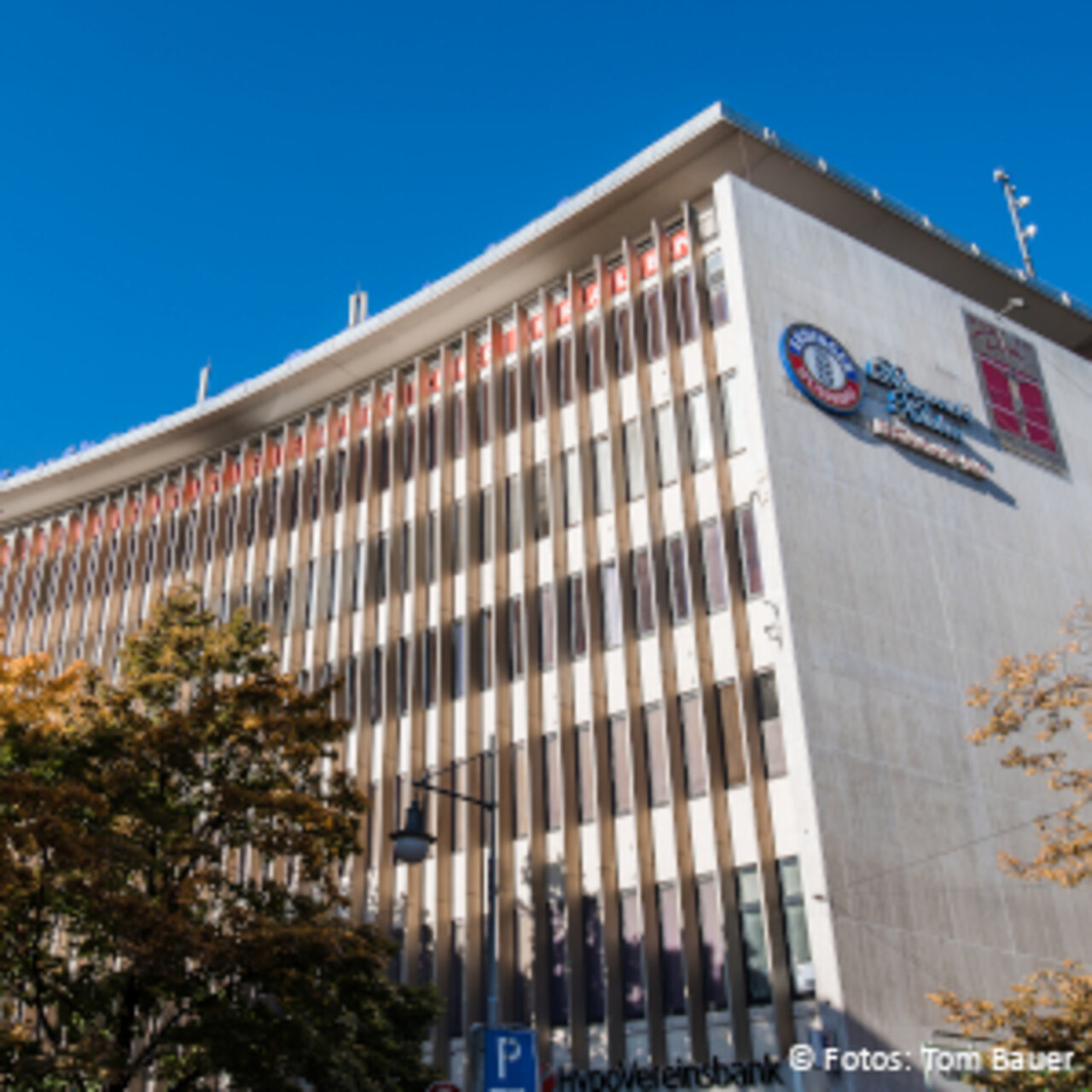Specialists in Ankylosing spondylitis
7 Specialists found
Information About the Field of Ankylosing spondylitis
What is ankylosing spondylitis?
Ankylosing spondylitis which is also known as Bechterew's disease is a chronic inflammatory rheumatic disease of the vertebral joints and sacroiliac joints. Over time the disease can lead to stiffening of the spine. It is named after the discoverer of the disease, the Russian doctor Wladimir von Bechterew. The alternative term ankylosing spondylitis can be translated to stiffening vertebral inflammation.
Prevalence of the disease is higher in men than in women and often milder in women than in men. The age of onset is between 20 and 40 years of age.
The first symptoms of the disease are typically lower back pain occurring in bouts and especially at night. Movement typically improves the pain, however rest does not. In many patients, morning stiffness and pain in the buttocks are reported. There may also be discomfort in other joints.
Additionally in some patients, ankylosing spondylitis presents with inflammation of the tendon insertion (tendinitis), inflammation of the eye, psoriasis or inflammatory bowel disease.
During the first years the condition is characterized mainly by pain. Later on, ossification of the vertebral joints can take place, which progressively restricts the mobility of the spine.
How does ankylosing spondylitis develop?
In ankylosing spondylitis, a defect of the immune system leads to inflammatory reactions. The causes of this malfunction are not yet fully understood. However, genetic factors certainly play a role. The majority of patients (80%) with ankylosing spondylitis are carriers of the HLA-B27 hereditary trait. Yet a number of people carry the hereditary trait and do not develop the disease and even patients without this trait can fall ill. Consequently genetic predispositions are not the only cause of the disease. Patients with a familial predisposition will develop the disease at an earlier age than individuals with spontaneous onset of the disease.
Ankylosing spondylitis starts with inflammation of the small joints of the spine and the sacroiliac joints. Occasionally it also involves further joints, particularly major joints of the legs such as the hip joints but less often the small joints of the fingers and toes.
The so-called axial skeleton, which refers to the spine and the sacroiliac joints, becomes ossified in a number of patients due to the inflammatory process. The connective tissue of the joint capsules and the longitudinal ligaments ossify in the spine which leads to the formation of bone braces that span the gaps between the individual vertebrae and stiffen the joints. In this way, the spinal column becomes shaped like a bamboo stick and is characteristic of the disease.
How is ankylosing spondylitis diagnosed?
To diagnose ankylosing spondylitis, the physician questions the patient about his or her symptoms and conducts a physical examination. Characteristic pain and any other complaints that may be present are the first clues that point to the disease. The characteristic bony changes in the spine, sacroiliac joints and hip joints that are well visible on X-rays. A blood test is also carried out: In 80 percent of cases the HLA-B-27 test is positive.
During early stages of the disease, bony changes may not yet be visible on the X-ray. In such cases, a magnetic resonance imaging (MRI) scan can be performed: MRI can make inflammation of the spine, joints and tendon insertions visible.
How is ankylosing spondylitis treated?
Usually movement therapy is combined with the administration of medication.
Both active and passive movement therapy preserve mobility, reduce pain, improve posture and may prevent stiffening in a poor posture. Routine movement therapy may ease symptoms sufficiently to decrease the patient's need for pain medication.
The goal of drug therapy is to relieve the pain of patients and suppress the inflammatory processes.
Typically, nonsteroidal anti-inflammatory drugs (NSAID's) are given to treat the pain and inflammation. Biopharmaceuticals may be helpful in patients who find these medications insufficient. Biopharmaceuticals are synthetic antibodies that block specific messenger substances. In ankylosing spondylitis, so-called TNF-alpha blockers and IL-17 inhibitors are administered: by inhibiting inflammation, these drugs work well in ankylosing spondylitis patients.
To treat joint pain located outside the spine, you may receive a glucocorticoid injection into the joint. This helps with the inflammation and pain.
An early and comprehensive treatment can have a beneficial effect on the course of the disease.
Surgery is an alternative in rare cases:
- An artificial hip joint can be placed if the hip joints are severely damaged by the disease.
- An uprighting operation can be performed to straighten the spine in patients whose spine has become severely deformed and stiffened in a forward bent posture.
Which long-term complications can occur with ankylosing spondylitis?
Because of the pain in the spine, many patients adopt a forward-leaning posture. The thoracic spine can ossify in this posture, which would lead to a hunchback (kyphosis) that patients can no longer straighten. Through targeted movement therapy, however, patients can prevent this formation of a hunchback posture.
In late stages of ankylosing spondylitis, ossified joints and ligaments absorb the weight-bearing function of the spine. Consequently the bone density of the vertebral bodies decreases. This in turn increases the risk of vertebral fractures. During a fall, the vertebrae fracture more easily than in healthy individuals. The fractures are frequently unstable and risk of paralysis is high.
Which doctors and clinics are specialists for ankylosing spondylitis?
Usually general practitioners are the initial contact. If ankylosing spondylitis is suspected, patients will be referred to a rheumatologist.
Straightening surgery should only be carried out by an experienced surgeon in a specialized spine center. Likewise, a vertebral fracture caused by ankylosing spondylitis should only be operated on by experienced specialists.
Let us help you find an expert for your condition. All listed physicians and clinics have been reviewed by us for their outstanding specialization in ankylosing spondylitis and are looking forward to your inquiry or request for treatment.






